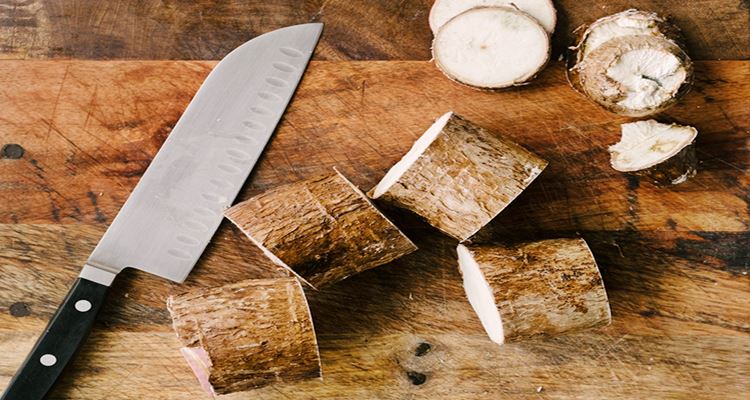Here are some things about cassava including its benefits and uses.
CASSAVA – A famous root vegetable found in many countries is cassava and here are some of its health benefits and uses in cooking.
Root vegetable cassava is famous and growing in many countries. It is known for its poisonous content cyanide. The raw ones have toxic cyanide, and it takes proper care and the correct method to prepare this safely. This also means that you shouldn’t eat this raw.

It has a scientific name Manihot esculenta and also called manioc, mandioca, or yuca. Flour, bread, tapioca, laundry starch, and an alcoholic beverage are derived from this root crop. The tubers have a mild nutty taste.
To be able to consume this safely, the peel must be taken away generously and the tubers must be well-cooked. Tubers are also sometimes soaked beforehand so the harmful chemicals are taken away.
Improper ways to prepare for this might lead to acute cyanide intoxication.
Meanwhile, there are a lot of good things that this actually has. It is a good source of dietary fiber. It also has vitamin C, thiamin, folic acid, manganese, and potassium.
Vitamin C it contains acts as an antioxidant and at the same time, supports collagen production and improves immunity.
3.5 ounces (100 grams) of cooked cassava has the following:
- Calories: 191
- Protein: 1.5 grams
- Fat: 3 grams
- Carbs: 40 grams
- Fiber: 2 grams
- Vitamin C: 20% of the Daily Value (DV)
- Copper: 12% of the DV
- Thiamine: 7% of the DV
- Folate: 6% of the DV
- Vitamin B6: 6% of the DV
- Potassium: 6% of the DV
- Magnesium: 5% of the DV
- Niacin: 5% of the DV
The Centers for Disease Control and Prevention (CDC) suggests that the tubers must be soaked in water for four to six days.
READ ALSO:
- Fart – What Is A Fart, How Does This Happen, and What It Means
- Oregano For Cough? Here Are The Other Benefits Of Oregano
What can you say about this? Let us know!

